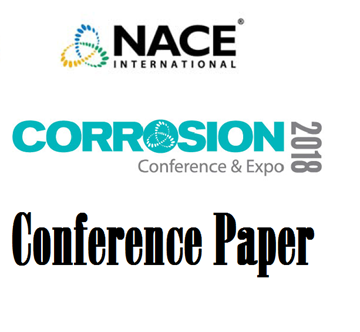Search
Products tagged with 'peroxide'
View as
Sort by
Display
per page
51318-11663-Use of electro chemical method to determine biocide efficiencies of peracid solutions
Product Number:
51318-11663-SG
Publication Date:
2018
$20.00
Benefits Exhibited by Styrene Free Coating Technology
Product Number:
41216-961-SG
Publication Date:
2016
$20.00
Cross-Linking Performance to Mechanism: Correlation of lining performance in flue gas desulfurization applications to cure mechanism
Product Number:
41212-703-SG
Publication Date:
2012
$20.00



